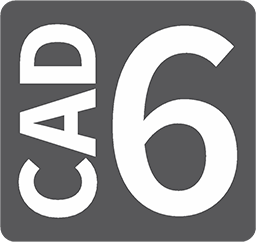| |
 |
 |
Technology
|
|
|
|

Dynamic Hatchings
Hatchings with lines and blocks contain their respective bounding outlines and will automatically adapt to any change of those. In addition, the hatching definitions of such dynamic hatchings can be edited and copied later on.
Each drawing contains a list of hatching types that can be used to hatch any object containing a closed surface (polygon, circle, ellipse, etc.). These hatching types can be modified and extended any way you like. Each hatching can be a sequence of lines and/or an array a block to cover all possible applications.
Once a hatching was created, it
contains its outline information and the definition of the hatching type. Both can be changed at a later time. This is especially versatile in connection with modifying objects (move, scale, rotate) and with Moving Points. The hatchings will immediately adapt to all changes in their outline. The same applies to hatchings that are part of Parametric Compounds. |
 |
 |
Once this automatic adaptation of a specific hatching object is not wanted, it can be temporarily deactivated and then reactivated at any later time.
Since all hatchings contain the defintion of their used hatching type, it is for once very simple to copy a used hatching type
from one drawing to another by just copying the hatching object containing that definition via the clipboard. In addition, each hatching object can be edited individually without having to change the underlying hatching type. This results in a great flexibility when working with hatchings.
An introduction into dynamic hatchings is available in our Video on YouTube (with German commentary) »

Please be aware that some functions such as Parametric Compounds are not part of CAD6starter.
« Return to SMART2D Technology |
|
|